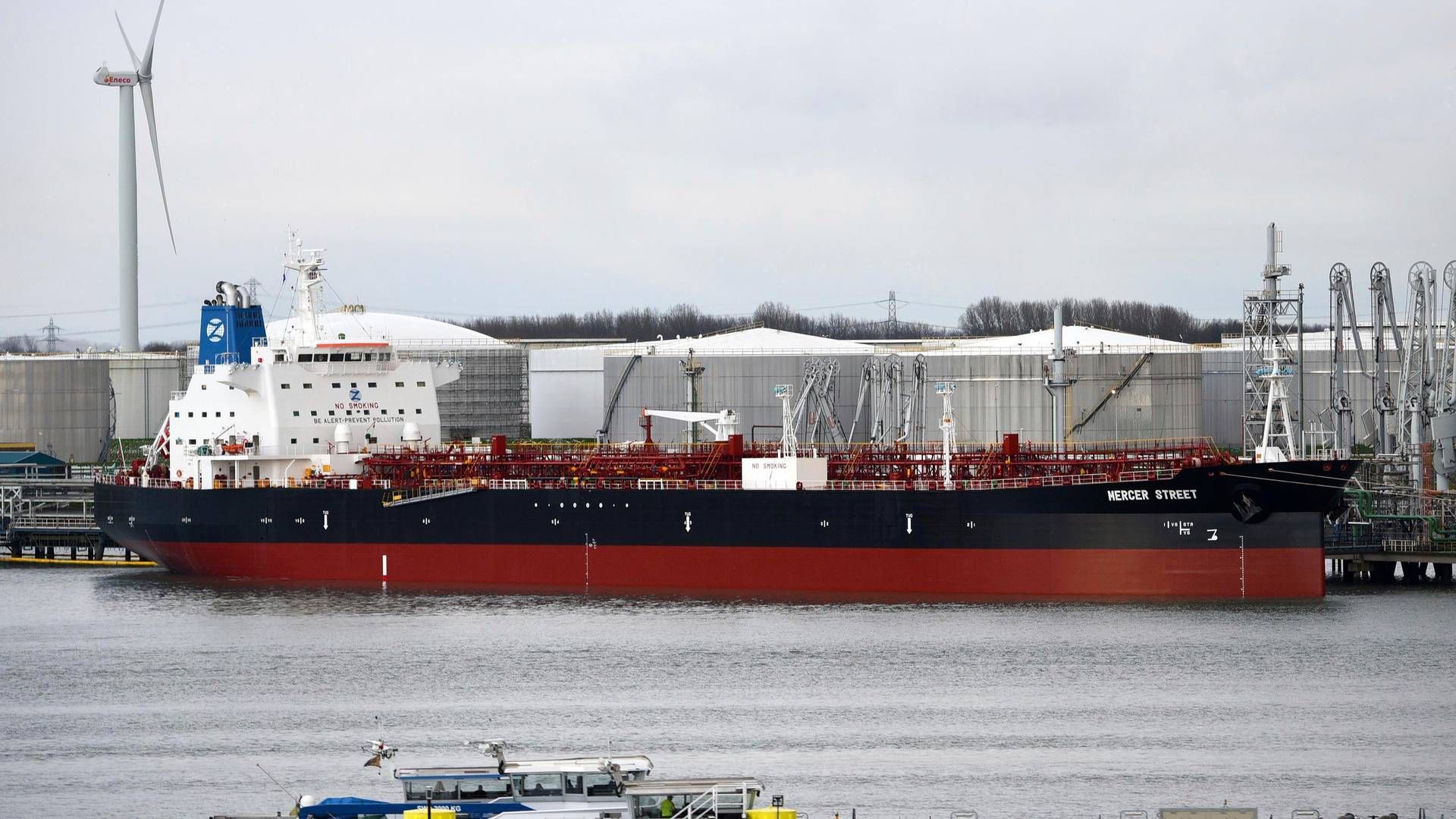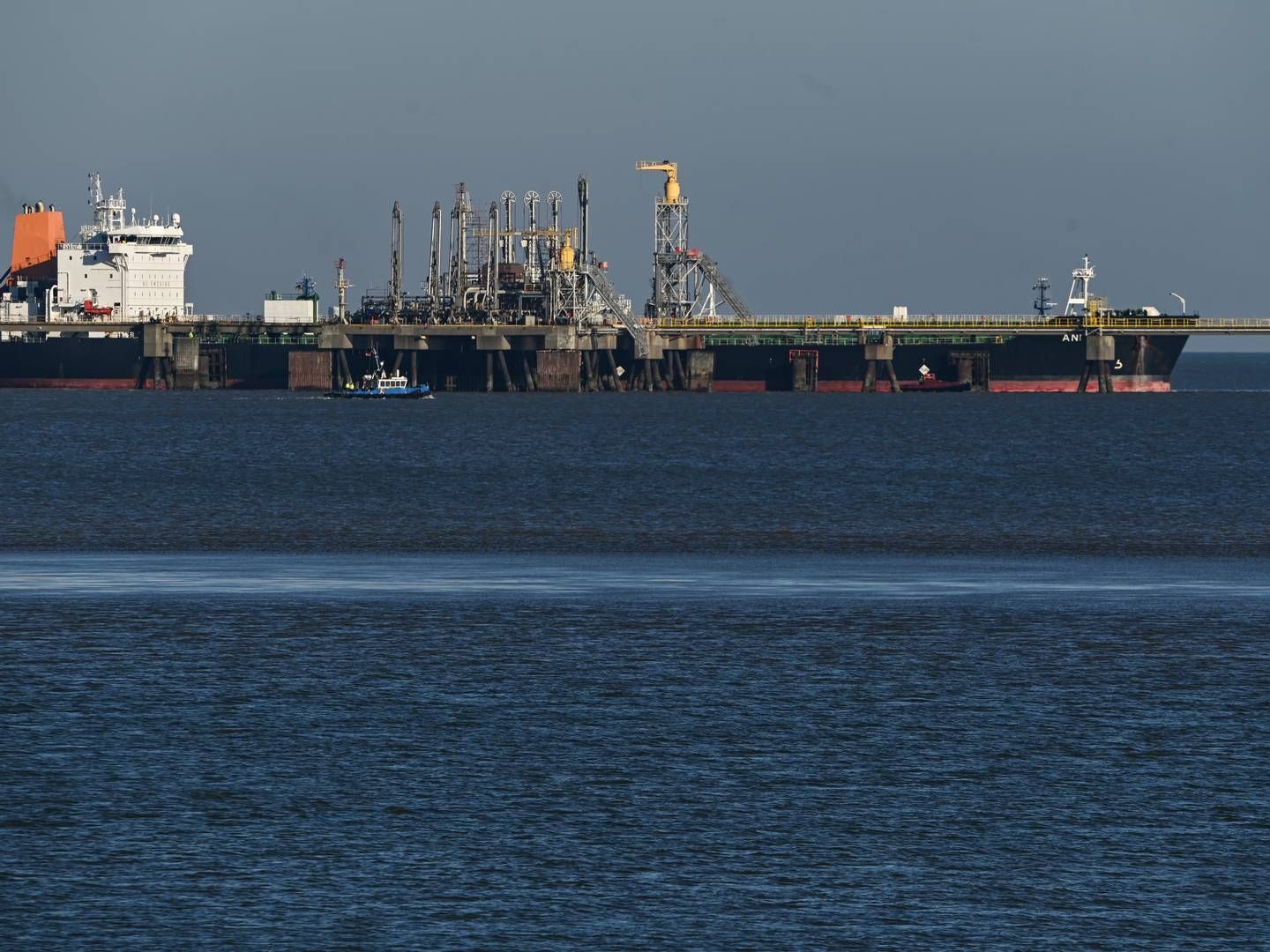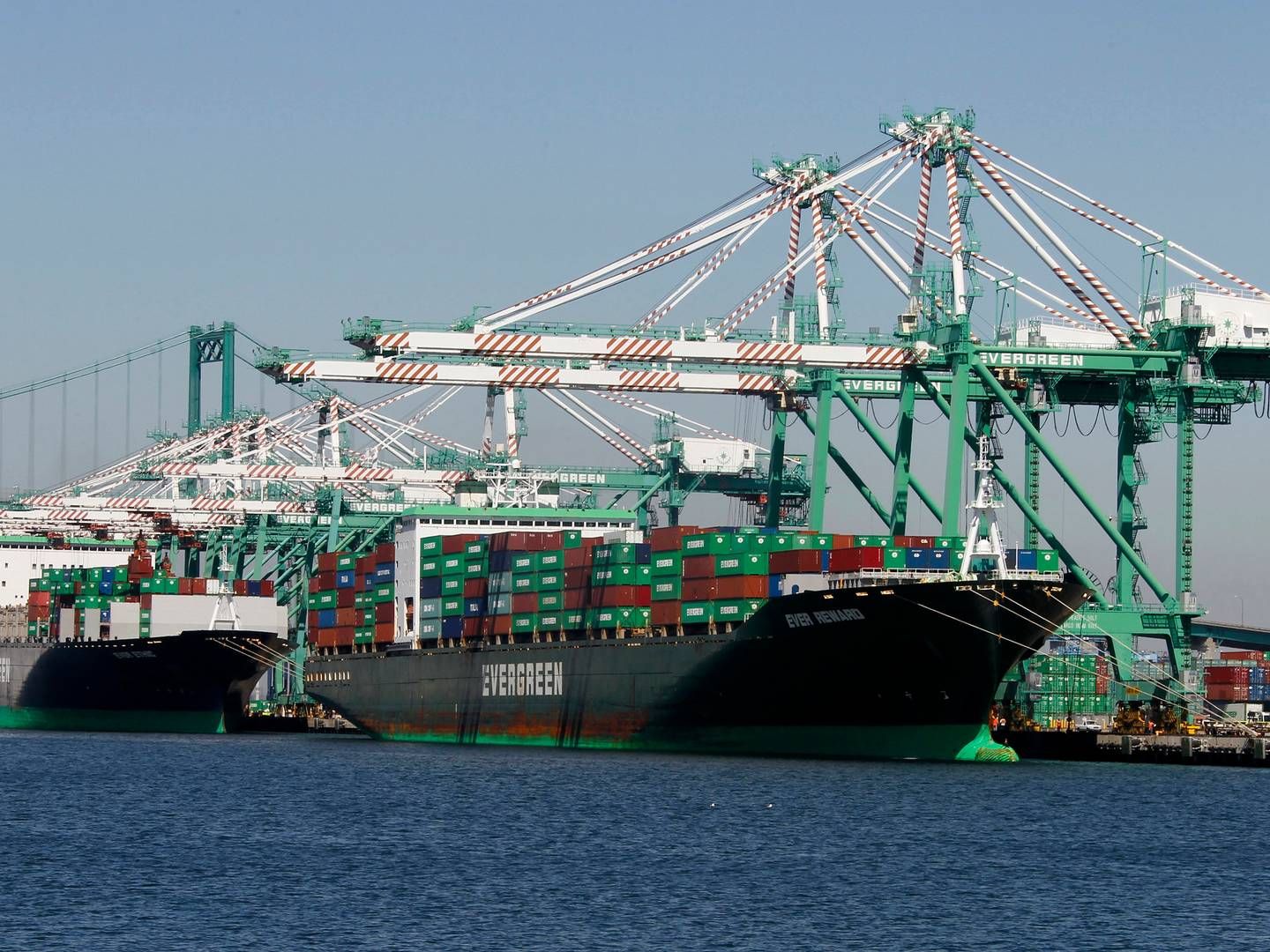Coalition aims to send hydrogen across the Atlantic from 2026

Climate-friendly fuel in the form of hydrogen will be shipped between the US Gulf Coast and Northern Europe from 2026.
A new coalition will pave the way to create a new trade corridor for the green fuel for shipping and other applications, according to a press release announcing the new trade collaboration called the Transatlantic Clean Hydrogen Trade Coalition (H2TC).
The coalition consists of ports and energy companies, including the Port of Corpus Christi, Port of Rotterdam, Apex Clean Energy, Shell, and Trafigura.
The hope is that the new corridor will facilitate trades for ships to carry up to three million metric tons of hydrogen-derived ammonia and methanol per year by 2030.
”The ability to import relatively low-cost clean hydrogen from the US to supplement local production will have a direct and significant impact on European industry’s efforts to deploy clean production processes at scale,” says Chad Holliday, Mission Possible Partnership (MPP).
MPP is an alliance of climate leaders focused on accelerating efforts to reduce CO2 emissions from the world’s highest emitting industries. He highlights the shipping industry, among others:
”More generally, it underlines the potential of targeted coalitions to overcome the critical challenges in the next phase of operationalizing net-zero commitments,” he says.
Will contribute to the EU’s climate goals
H2TC aims to ”contribute significantly” to the EU’s goal of importing ten million metric tons of renewable hydrogen per year by 2030.
That’s why Europe’s largest port, the Port of Rotterdam, is very pleased with the new coalition.
”Rotterdam is Europe’s most important import hub for crude oil, oil products and coal. We are also fast becoming Europe’s hydrogen hub. For the past three years we have been scouring the world for green hydrogen and Texas is one of the most promising places to export significant amounts of this renewable energy to Rotterdam within a few years,” says Nico van Dooren, director of New Business Development & Portfolio at Port of Rotterdam.
The US Gulf Coast in general has a growing market for low-emission hydrogen, which includes both blue and green hydrogen.
As a result, the region has a large connective tissue of pipelines and salt dome storage, low-cost renewable energy sources and the knowledge to produce, handle, and transport the molecules needed to deliver hydrogen to the world.
Members of the coalition plan to work closely with US and European governments to help them achieve their clean energy goals and inform regulatory frameworks to enable trade.
(Translated by DeepL with additional editing by Christian Radich Hoffman)
Related articles
Rotterdam will pay ships to refuel with green fuel
For subscribers
Retail majors launch tender for zero-emission shipping
For subscribers



















